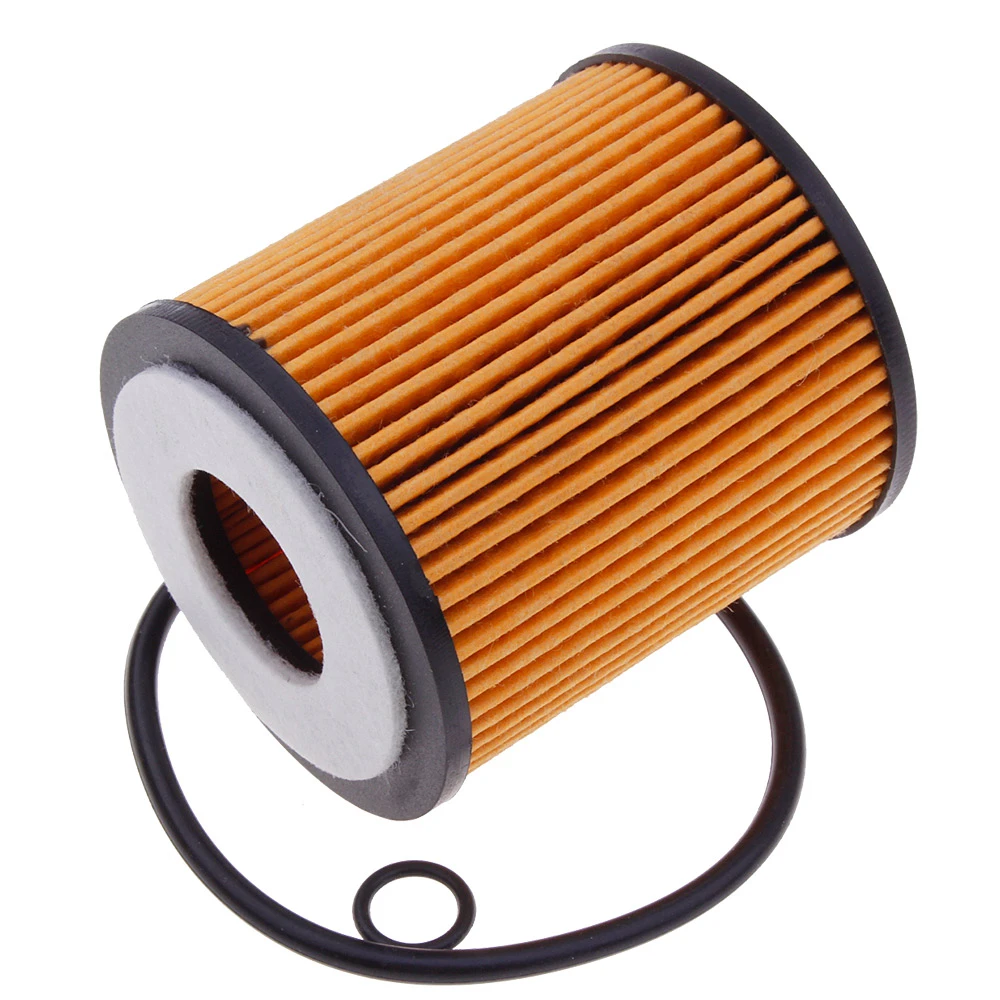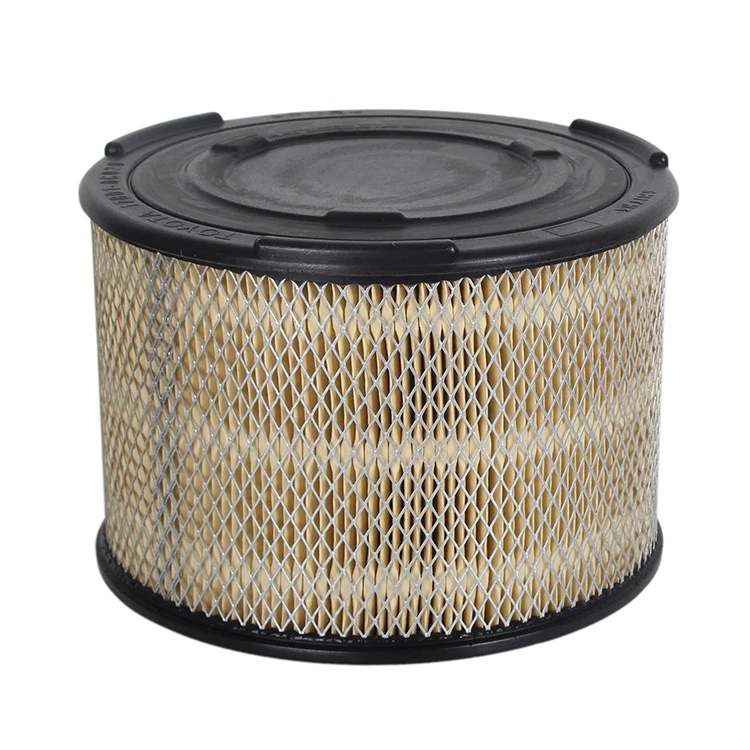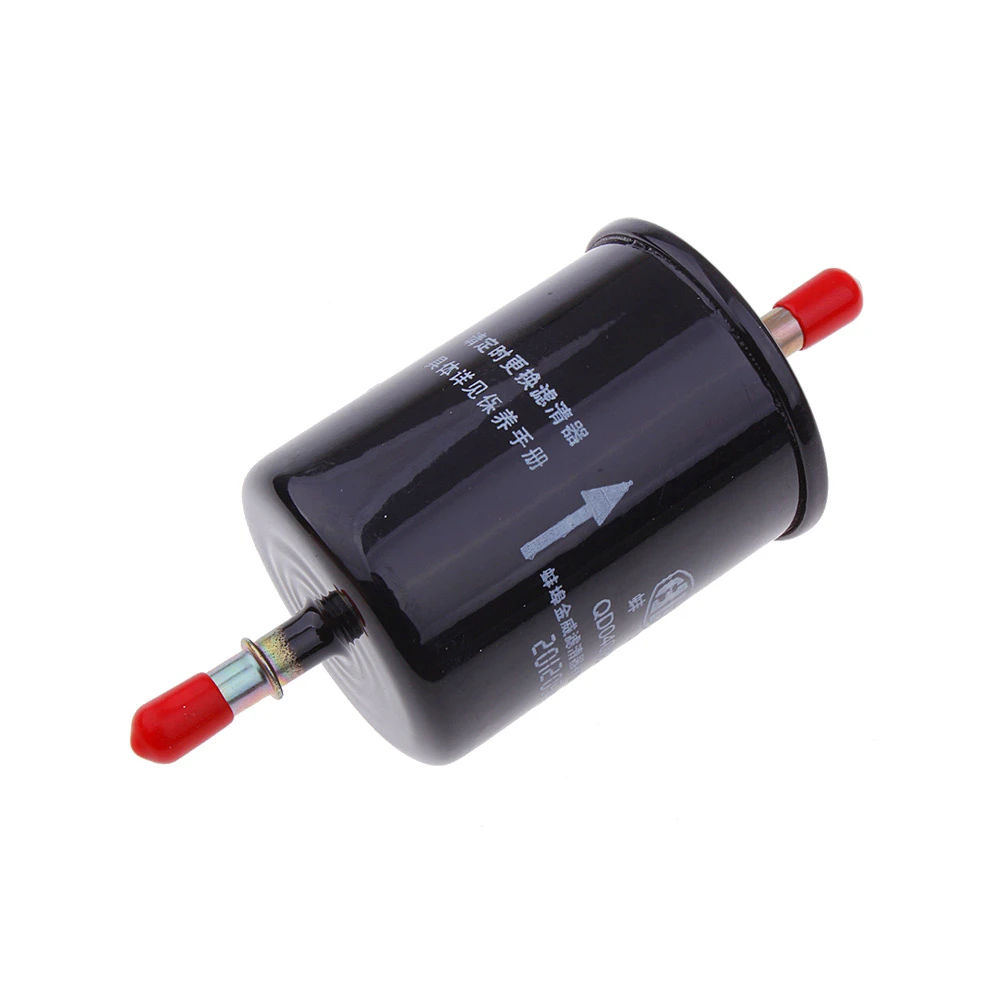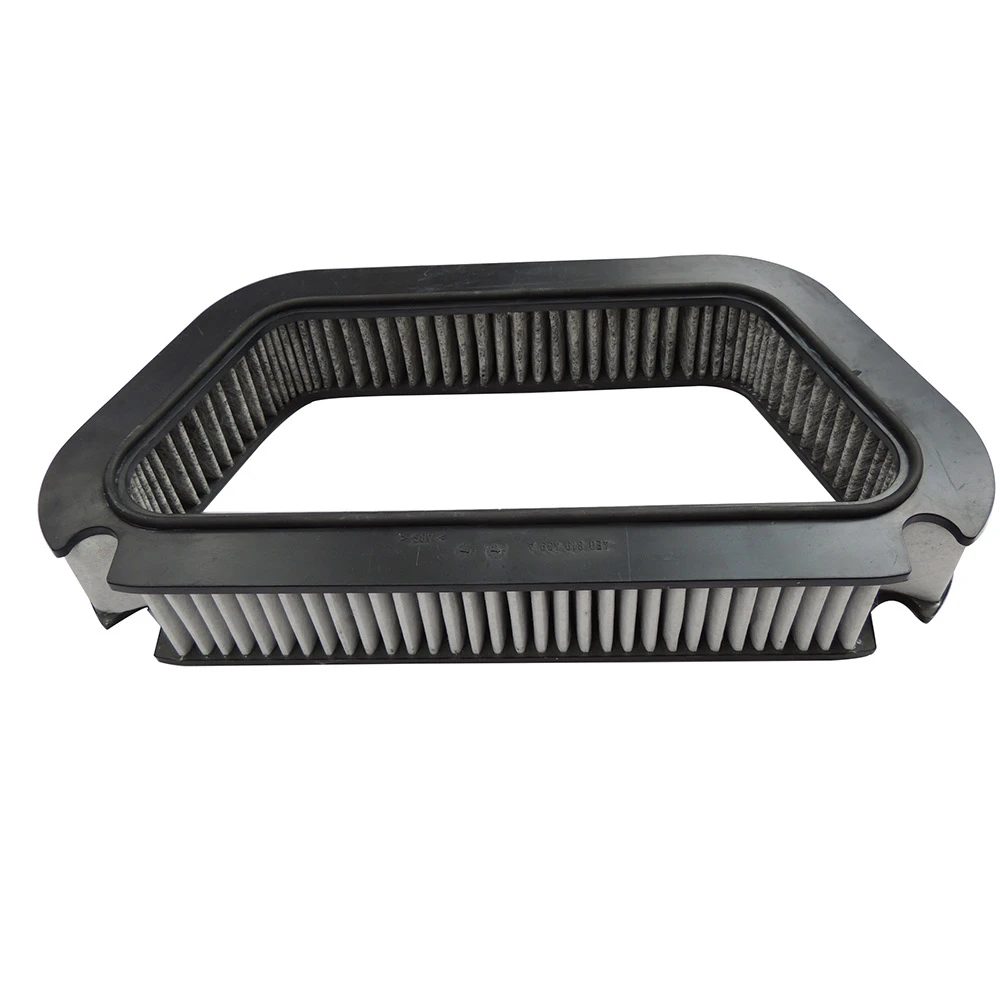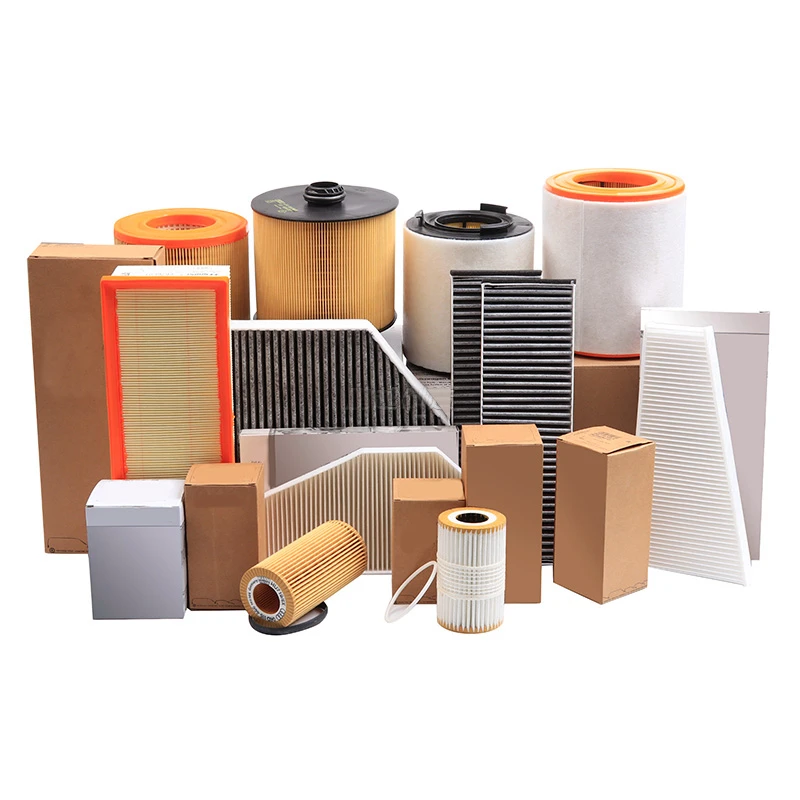
- Understanding Cabin Air Filter Dimensions
- Technical Specifications Breakdown
- Performance Comparison of Leading Brands
- Custom Solutions for Vehicle Types
- Maintenance Intervals & Best Practices
- Real-World Application Scenarios
- Optimizing Filter Selection & Usage
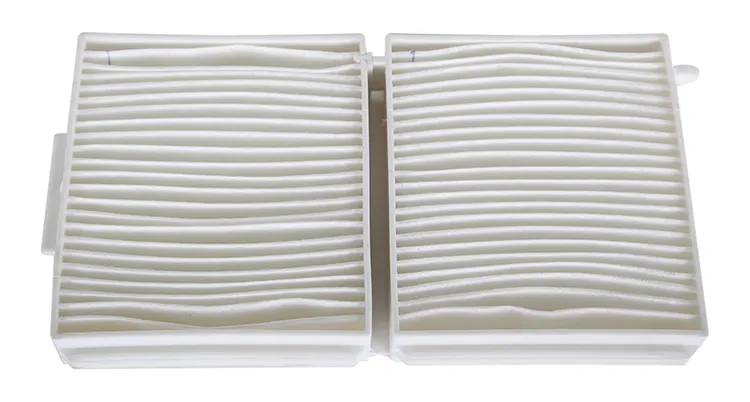
(what size cabin air filter do i need)
Understanding What Size Cabin Air Filter You Need
Vehicle manufacturers design cabin air filters with precise dimensions ranging from 195x195x25mm (compact cars) to 245x305x32mm (SUVs). The Society of Automotive Engineers reports 78% of 2020-2023 vehicle models use standardized sizes, while 22% require custom filters. Critical measurement points include:
| Measurement | Importance | Tolerance Range |
|---|---|---|
| Length | Frame alignment | ±1.5mm |
| Width | Seal integrity | ±1.0mm |
| Depth | Airflow capacity | ±0.5mm |
Technical Specifications Breakdown
Premium filters incorporate multi-layer construction - 85% use activated charcoal layers for odor control, while 92% of 2023 models feature electrostatic media. Advanced filters demonstrate 98.7% particle capture efficiency (0.3-1.0 microns) versus 89.2% in economy filters.
Performance Comparison of Leading Brands
| Brand | Filtration Efficiency | Airflow (CFM) | Service Life |
|---|---|---|---|
| Mann-Filter | 99.1% | 172 | 24 mo |
| Bosch | 97.8% | 185 | 18 mo |
| FRAM | 95.4% | 198 | 15 mo |
Custom Solutions for Vehicle Types
European sedans typically require 210x240x28mm filters with dual-density media, while North American trucks use 230x280x30mm designs. Hybrid vehicles show 40% faster filter saturation due to recirculation systems.
Maintenance Intervals & Best Practices
Industry data indicates 12-15 month replacement cycles under normal conditions. Severe environments (PM2.5 >55 μg/m³) require 6-9 month changes. Worn filters reduce airflow by 32-47% and increase AC load by 22%.
Real-World Application Scenarios
Case study: Phoenix-based Toyota Camry showed 83% faster filter clogging versus Portland vehicles. Implementation of seasonal replacement schedules improved cabin air quality by 67% (measured by VOC levels).
Optimizing Cabin Air Filter Selection and Usage
Selecting the right size cabin air filter requires cross-referencing OEM specifications with environmental factors. Data-driven maintenance (using IoT air quality sensors) can extend filter life by 35% while maintaining 94% filtration efficiency.
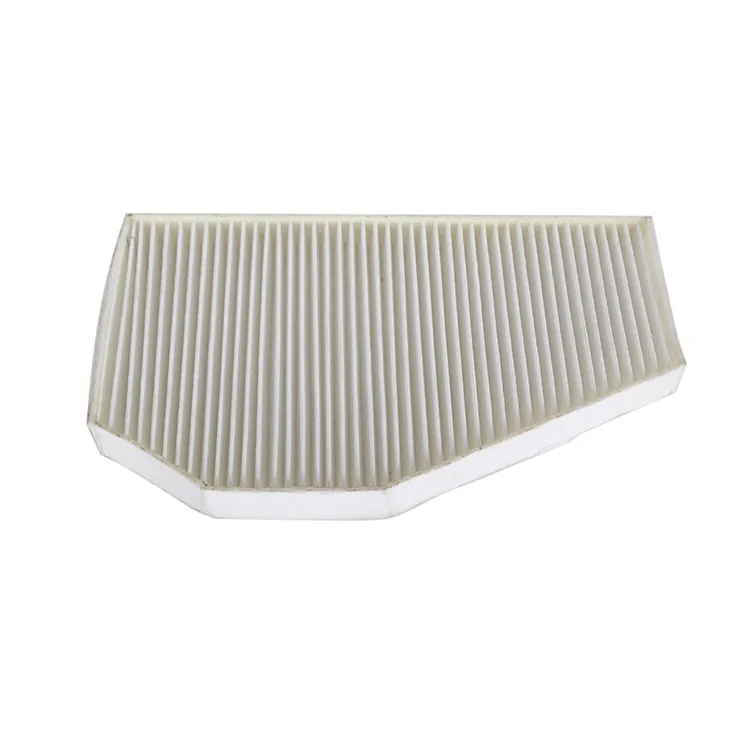
(what size cabin air filter do i need)
FAQS on what size cabin air filter do i need
Q: What size cabin air filter do I need?
A: Check your vehicle’s owner’s manual or use the manufacturer’s online lookup tool. You can also measure the existing filter’s dimensions (length, width, depth) for accuracy. Auto parts stores may also assist with compatibility.
Q: How often do I need to change my cabin air filter?
A: Most manufacturers recommend replacing it every 15,000–30,000 miles or every 1–2 years. Driving in dusty or polluted areas may require more frequent changes. Always verify your vehicle’s specific guidelines.
Q: How often does a cabin filter need to be changed?
A: Typically every 12–24 months, depending on driving conditions. Reduced airflow, odors, or allergy symptoms are signs to replace it sooner. Consult your manual for exact intervals.
Q: What factors influence cabin air filter replacement frequency?
A: Heavy traffic, pollution, pollen seasons, or off-road driving can accelerate wear. Inspect the filter annually for debris. Follow manufacturer advice for optimal performance.
Q: Is there a standard size for cabin air filters?
A: No—sizes vary by vehicle make, model, and year. Always confirm compatibility using your VIN or filter specifications. Universal filters may not fit correctly.
-
Vehicle Performance with Premium Car Filter SolutionsNewsJul.02,2025
-
Upgrade Engine Performance with Timely Air Filter MaintenanceNewsJul.02,2025
-
Optimize Vehicle Health with Timely Air Filter ReplacementNewsJul.02,2025
-
Every Drive with Next-Level Car Filtration SystemsNewsJul.02,2025
-
Driving Comfort with Advanced Air Filtration SystemsNewsJul.02,2025
-
Cleaner with Next-Generation Automotive Air FiltrationNewsJul.02,2025
-
The Importance of Cabin Filter and Engine Filter: The Role and Maintenance of Cabin Filter and Engine FilterNewsJun.25,2025
Related Products
